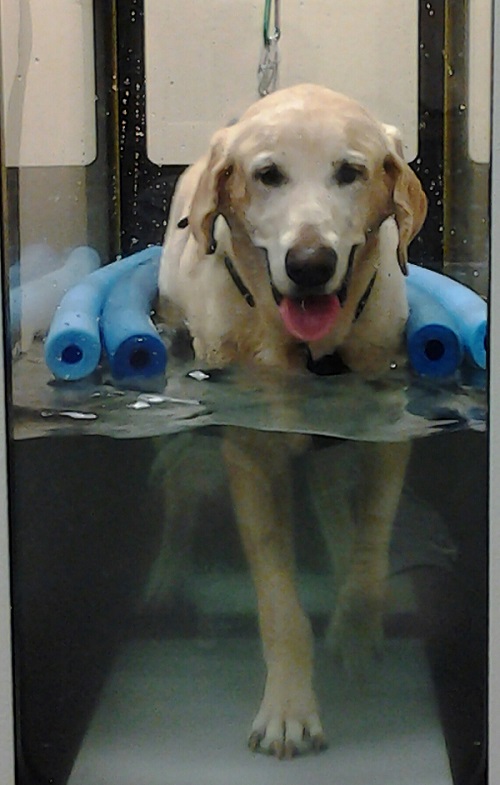Collect Fat for Stem Cell Therapy During Spay/Neuter, or Dental
Did you know that February is both spay and neuter awareness month as well as pet dental health month? These procedures all require that your dog go under general anesthesia. Since collecting fat for stem cell therapy also requires anesthesia, why not combine the two?
If your dog is undergoing anesthesia for a routine surgical procedure such as a spay, neuter, or dental cleaning, you should consider asking your veterinarian to collect fat at the same time. This fat can be used to provide stem cell treatment for your dog in approximately 48 hours or it can be stored for potential future use.
At VetStem, we provide a service called StemInsure. We like to think of it as the “Stem Cell Insurance” for dogs. For a StemInsure, your veterinarian will collect a small sample of fat tissue from your dog and will ship it to the VetStem laboratory. VetStem lab technicians will process your dog’s fat to isolate the stem cells and cryopreserve them for potential future use.
This process can be beneficial for certain breeds of puppies who are likely to develop orthopedic conditions as they age. Or it may be useful for dogs who have other health concerns and it is therefore ideal to minimize the number and length of anesthetic procedures.
Learn more about the canine StemInsure here or contact us for a list of VetStem providers in your area.


